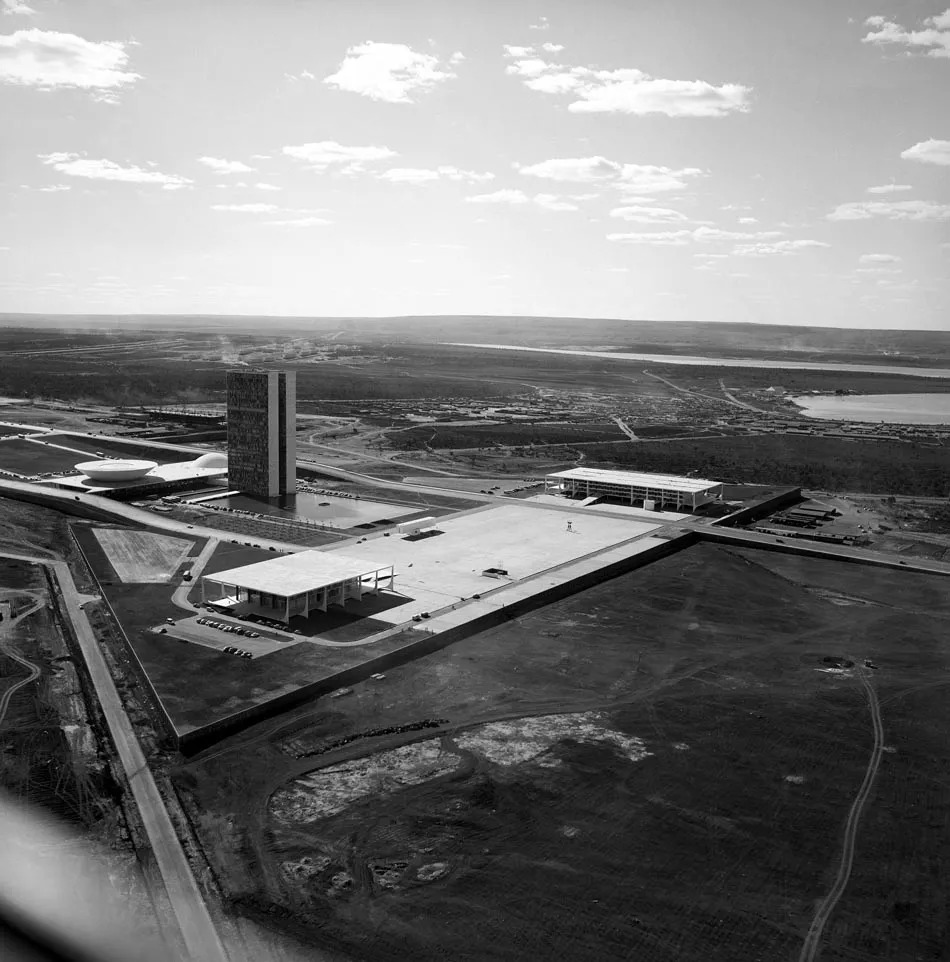Type of event: Online
Speakers
Dra. Arq. Sonia Mercedes Fuentes Padilla. Professor Faculty of Architecture, University of San Carlos, Guatemala. Docomomo Guatemala.
Carlos Eduardo Comas. Universidade Federal do Río Grande do Sul – Docomomo Brasil.
Date: 24/10/2023 11:00 am
Date details: Santiago Chile 11:00 hrs (UTC -3)

Guatemala Civic Center (2019), Sonia Fuentes
The consolidation of Modernity in Guatemala: the Civic Center
Abstract :
Throughout the years, architecture in Guatemala City was predominately colonial until a series of earthquakes in the early 1910s destroyed most of the city. Between 1920 and 1940, there was this transition in the city’s morphology, and new materials were used to rebuild, so modernity and industrialization began to emerge in Guatemala. Colonial center needed to be renewed and decentralized, so the Civic Center was designed and constructed in the new areas in the south of the city.
The City Centre is known as the consolidation of modern architecture in Guatemala. The four buildings of the first phase -Municipality of Guatemala, Guatemalan Social Security Institute IGSS, Bank of Guatemala, and National Mortgage Bank CHN- are already cataloged as national heritage since they were designed by Guatemalans and integrated art and architecture.
Considering all the architectonic and cultural values and as an initiative of Docomomo Guatemala, the Ministry of Culture created the Technical Committee for the preservation, and because of their work, the Civic Center was declared a National Cultural Heritage of the Nation. The declaration is the first step before it can be considered for the indicative list and then to be eligible to become a World Heritage Site.

Image Credits: Marcel Gautherot/IMS. Aerial View Three Powers square, Brasilia, Brazil 1960.
Beijing – Brasilia: a match of two squares
Abstract:
The contemporariness as well as the programmatic and formal similarities of the Plaza of the Three Powers in Brasilia (by Lucio Costa and Oscar Niemeryer) and Tiananmen Square in Beijing (by Liang Sicheng, Lin Huiyin, Yang Tingbao, XU Yinpei, and others) have escaped notice so far. Yet, they demonstrate in a very vivid way the complicated relationships between architecture and politics as well as between progressive and conservative values regarding the nature of modernity and its architectural expression.
 Follow
Follow